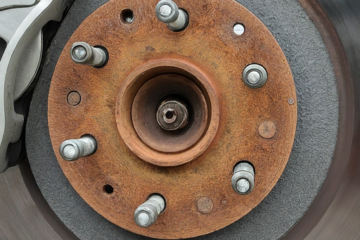Changing your car’s oil is one of the most basic and easiest car maintenance tasks you can do. It is also one of the most important, as dirty oil can cause engine problems.
Here are the steps on how to change your car’s oil yourself:
- Gather your supplies. You will need:
- New oil
- Oil filter
- Oil drain pan
- Funnel
- Wrench
- Gloves
- Rags
- Warm up your car. This will help to thin the oil and make it easier to drain.
- Park your car on a level surface. Turn off the engine and let it cool down for a few minutes.
- Locate the oil drain plug. It is typically located on the bottom of the engine.
- Place the oil drain pan under the oil drain plug.
- Use the wrench to loosen the oil drain plug. Be careful not to lose the plug.
- Allow the old oil to drain into the pan.
- Once the old oil has drained, replace the oil drain plug and tighten it with the wrench.
- Remove the old oil filter. There is usually a wrench designed specifically for this purpose.
- Apply a thin coat of new oil to the gasket of the new oil filter. This will help to create a seal and prevent leaks.
- Screw on the new oil filter by hand until it is snug. Do not overtighten it.
- Remove the oil filler cap.
- Pour the new oil into the engine using the funnel.
- Replace the oil filler cap.
- Start the engine and let it run for a few minutes.
- Check the oil level and add more oil if necessary.
- Turn off the engine and you are finished!
Here are some additional tips for changing your car’s oil:
- Check your owner’s manual for the recommended oil type and amount.
- Change your oil more often if you drive in dusty or dirty conditions.
- Dispose of the old oil and filter properly. You can take them to a local auto parts store or recycling center.
By following these steps, you can easily change your car’s oil yourself and save money on car maintenance.
